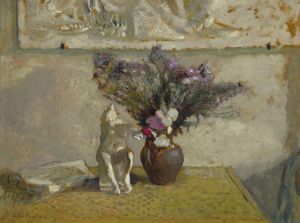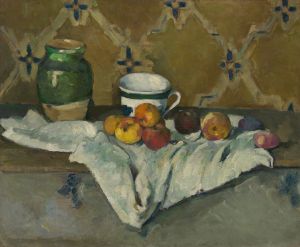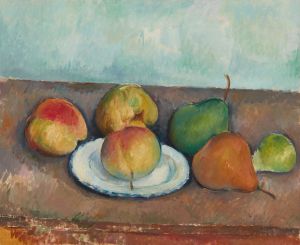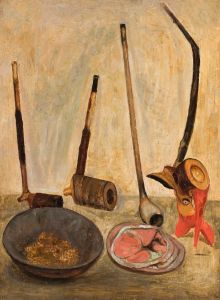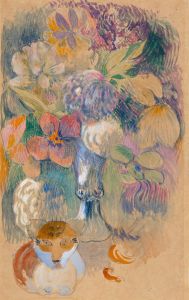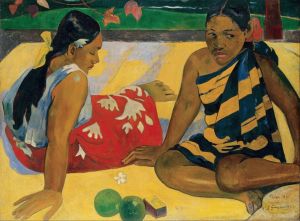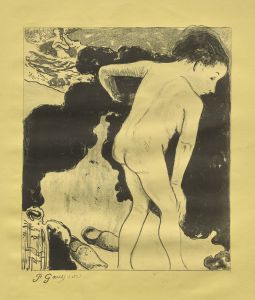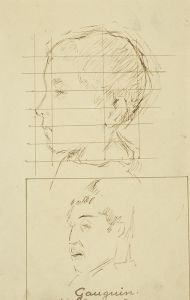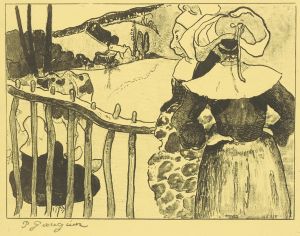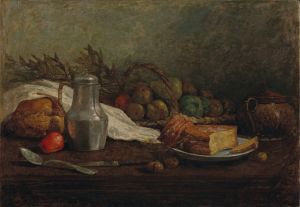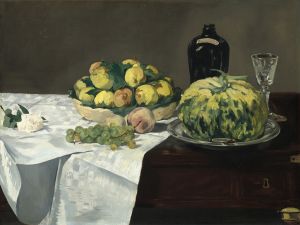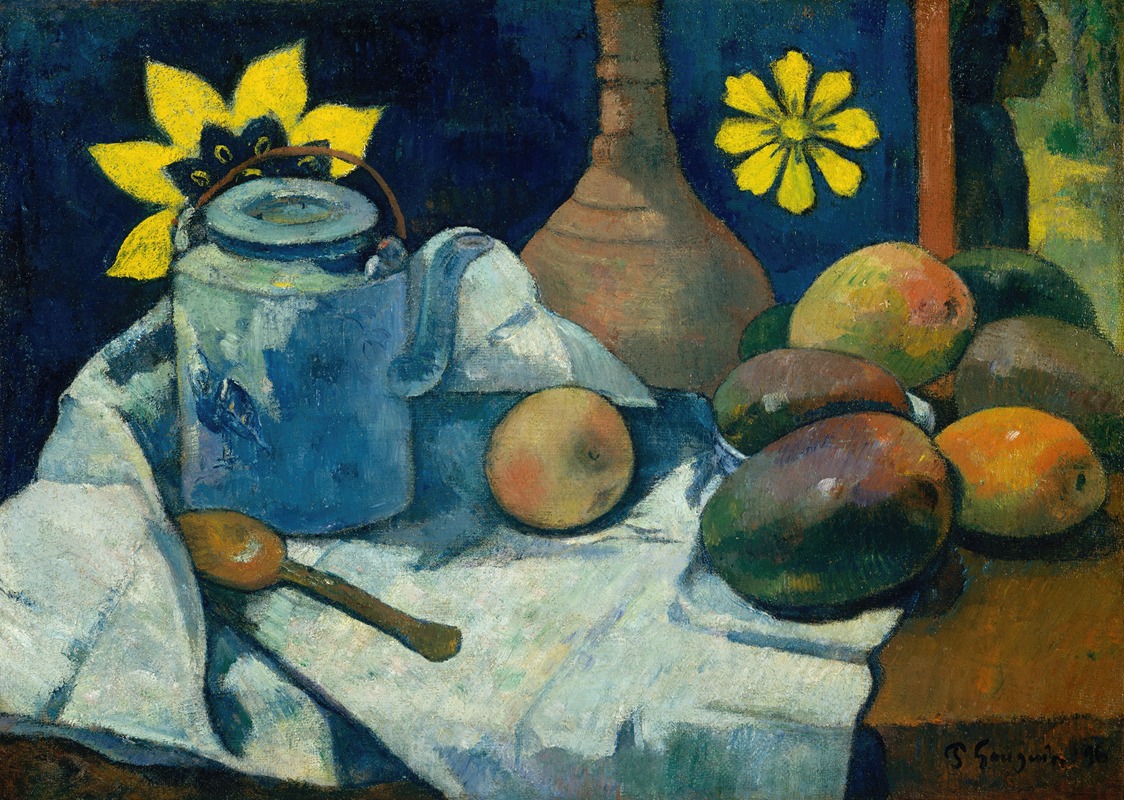
Still Life with Teapot and Fruit
A hand-painted replica of Paul Gauguin’s masterpiece Still Life with Teapot and Fruit, meticulously crafted by professional artists to capture the true essence of the original. Each piece is created with museum-quality canvas and rare mineral pigments, carefully painted by experienced artists with delicate brushstrokes and rich, layered colors to perfectly recreate the texture of the original artwork. Unlike machine-printed reproductions, this hand-painted version brings the painting to life, infused with the artist’s emotions and skill in every stroke. Whether for personal collection or home decoration, it instantly elevates the artistic atmosphere of any space.
Paul Gauguin's Still Life with Teapot and Fruit is a notable example of the artist's exploration of still life painting during the late 19th century. Created in 1896, this work reflects Gauguin's post-Impressionist style, characterized by bold colors, simplified forms, and a departure from the naturalistic representation of objects. The painting is believed to have been completed during Gauguin's time in Tahiti, where he sought to escape European society and immerse himself in what he perceived as a more "primitive" and unspoiled culture.
The composition of Still Life with Teapot and Fruit features a teapot, a selection of fruit, and other objects arranged on a surface. Gauguin's use of vibrant, non-naturalistic colors and flattened perspective demonstrates his interest in moving beyond the conventions of traditional Western art. The objects in the painting are rendered with a sense of harmony and balance, reflecting Gauguin's focus on the aesthetic arrangement of forms and colors rather than strict realism.
This painting is part of Gauguin's broader body of work that often incorporated elements of still life, a genre he revisited throughout his career. His still life paintings frequently served as a platform for experimenting with color, texture, and composition, and they often carried symbolic meanings. While Still Life with Teapot and Fruit does not explicitly include the Polynesian motifs or figures that are prominent in many of his other works from this period, it nonetheless reflects the stylistic innovations that defined his time in Tahiti.
The painting is housed in the Musée d'Orsay in Paris, France, which holds a significant collection of Gauguin's works. The museum's collection highlights the artist's contributions to the post-Impressionist movement and his influence on modern art. Still Life with Teapot and Fruit is considered an important piece within this context, showcasing Gauguin's ability to transform everyday objects into compositions of striking visual impact.
As with many of Gauguin's works, Still Life with Teapot and Fruit invites viewers to consider the interplay between form, color, and meaning. It stands as a testament to his innovative approach to art and his enduring legacy as one of the leading figures of post-Impressionism.





